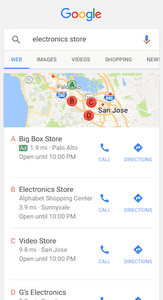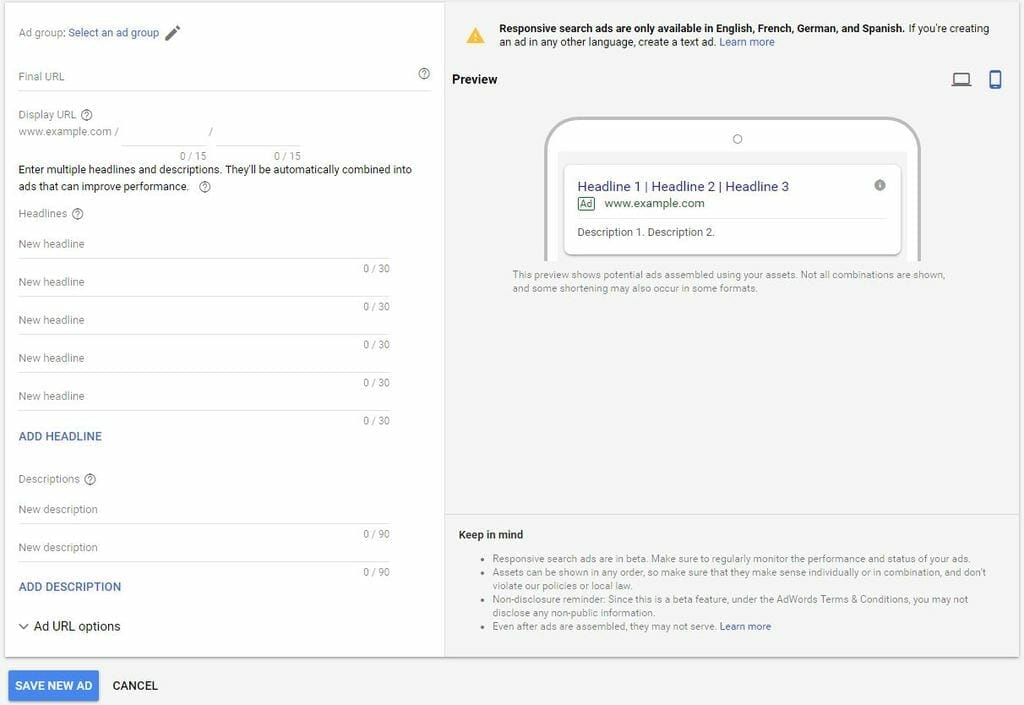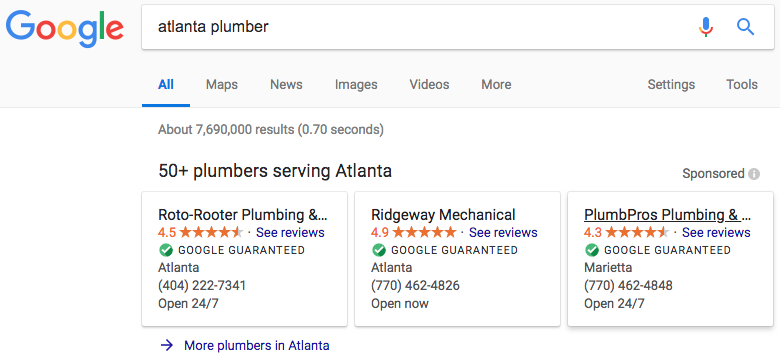The Key to Online Advertising Is Tracking Results written by John Jantsch read more at Duct Tape Marketing
In the olden days, advertising was an expensive and risky prospect. Brands would spend lots of money up front on print ads, television commercials, or radio spots. Next, they’d hire an advertising firm to create and execute the concept. Then, they’d have to buy the air time or ad space. And they did all this without much insight into whether or not the concept would actually be successful.
Fortunately for today’s small business owners, tracking online advertising is possible! And it provides insight into exactly how each campaign performs. Armed with that information, you can tailor your messaging in future campaigns. You’ll lean into tactics that resonated with your audience and ditch those less-successful approaches.
If you’re advertising online but aren’t tracking your results, you’re missing out on a huge opportunity. Tracking online advertising empowers you to better understand your customers and boost your ROI on each and every campaign. Here’s what you need to do to effectively track your online advertising.
Create Conversion Goals in Google Analytics
The first step to tracking how your ads perform is defining your goals. Every ad campaign that you run should be driving viewers towards a specific action. You might create an ad designed to encourage someone to download your white paper. Or maybe it pushes them to sign up for your newsletter. Or perhaps it invites them to request a free trial of your product.
The ads should also be directing viewers to your website, where they can take the desired action. And that’s where conversion goals come in.
In Google Analytics, you’re able to define your conversion goals. A conversion is a desired action that someone takes on your website—something like filling out a form to request a quote or successfully completing check-out in your online store.
Google Analytics allows you to create up to 20 conversion goals for your business. Focus on the goals that make the most sense for your industry and business strategy. For example, a contractor might be more interested in getting folks to request a quote, whereas a clothing retailer might be more concerned with that successful check-out metric.
No matter what goals you define for your business, Google Analytics can help you track the steps that people take on your website to ultimately reach that conversion; this is called a goal funnel. Creating a goal funnel provides a visual representation of your data. That way, you understand where people drop off in the process towards completing a given conversion.
For example, if the ultimate conversion goal is a successful check-out in your online store, you can see if you lose people in the product browsing stage, or whether people are putting items in their carts and then abandoning them.
Check out this video from Google for a more detailed look at how to set up your goals in Google Analytics.
Link Your Ads to Google Analytics
Now that you’ve defined your goals in Google Analytics, it’s time to get your advertising and analytics metrics all on the same page (literally). By linking your Google Ads and Analytics accounts, you can keep all of the data on both your ad campaigns and website performance all in one place.
Google Ads allows you to track performance for each individual ad campaign, so you can see things like impressions and clickthrough rate. And when your two accounts are linked, you can then draw a direct line between how people interact with each ad and the actions they took on your site.
So let’s say you own a marketing consulting firm. You’re running an ad encouraging people to download your latest white paper on social media marketing trends for 2020. When your Ads and Analytics accounts are linked, you can see both the CTR on the ad itself. Then, you can see how many people actually follow through with requesting the download once they get to your site. This gives you insight into how each piece of the marketing puzzle is working, and it can help you identify any weak spots in the conversion process.
Monitor From Click to Client
While it’s great to be able to see how ads influence visitor’s behaviors on your site, for most businesses that still doesn’t offer a complete picture of the ad’s performance. What about people that call your business to follow up on the ad they saw online? Or the people who stop by your brick-and-mortar location in person?
This is why it’s important to implement offline tracking methods to generate a full picture of your advertising campaign’s effectiveness.
Call tracking services, like CallRail, allow you to track how ads drive prospects’ behaviors on the phone. The service works by inserting a line of code into your website. That code allows you to associate online and offline interactions with your business. It integrates with your Google Analytics and Ads platforms so that you can determine your exact cost per lead.
It’s also a good idea to track in-person interactions you have with customers. Tracking purchases at your brick-and-mortar locations can help you see whether people who found you online ended up becoming customers in real life. There are a number of ways for you to bridge the gap between online and in-person interactions. If you’re a retailer, collecting an email at checkout to send an electronic receipt can help you put a face to the email.
If yours is a business where it’s difficult to collect email at checkout (say, a restaurant or cafe), you can gather that information in other ways. Restaurants can use online reservations systems to capture email addresses. Cafes can create digital loyalty programs that collect email addresses at the point of sale in exchange for a free cup of coffee every ninth purchase.
Unifying this in-person and online data is easily achieved if you’re using a CRM to manage customer interactions. CRMs make assembling all customer data in one place simple. From contact information to every past interaction with your brand, it all lives in your CRM. This kind of click to client information is invaluable in understanding the performance of your advertising.
Learn From Your Campaigns
Once you’ve created a picture of your online advertising campaign’s effectiveness, you may feel tempted to kick back and relax. But really, you’re just getting started.
By tracking online advertising, you’re now at a huge advantage. This information can propel your future advertising decisions. Maybe in tracking your ads you found that the messaging in one campaign performed well, while another failed to result in conversions. Or perhaps you learned that your ad was driving folks to your website, but they were getting lost along the way and not reaching your ultimate conversion goal.
Every advertising campaign—whether a raging success or a big old flop—is an opportunity for you to learn and improve. You can recreate the tactics that worked well in your next campaign. For those less successful campaigns, you can try a new approach next time.


